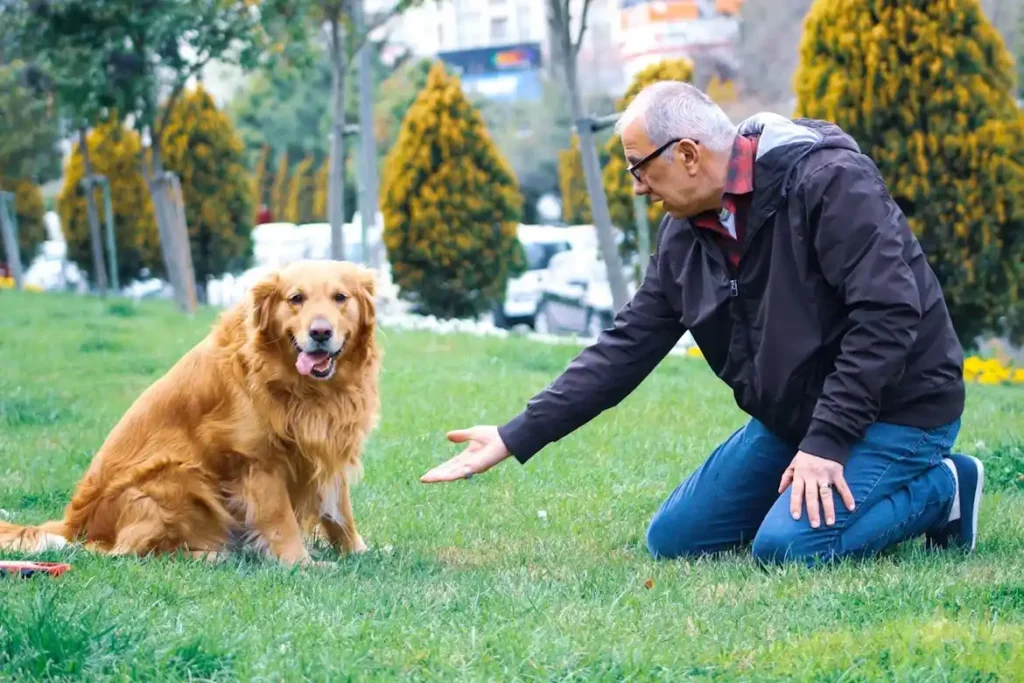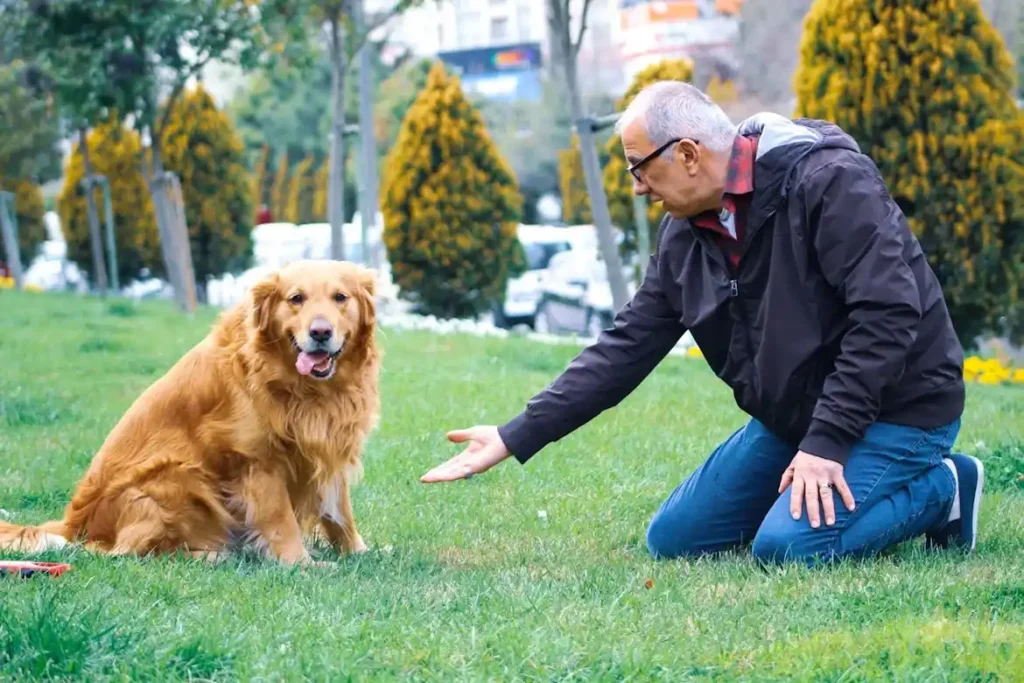Raising a canine companion keeps you happy and healthy, and numbers confirm this. Seniors, in particular, can derive extensive benefits from dog parenting. According to the National Council on Aging, dog ownership has been linked with a 31% lower risk of death from cardiovascular causes and a 24% lower risk from any cause.
Moreover, dog owners are fitter because they are 34% more likely to walk 150 minutes weekly than non-dog owners. Clearly, owning a dog as an aging adult can help you stay energetic and healthy for years. However, the responsibilities of dog parenting cannot be undermined. In fact, the daily tasks of feeding, grooming, and walking may seem like tough chores to seniors.
What if you want to rest rather than take your furry buddy for a walk? What if you cannot afford a professional to do the weekly grooming duties? What if vet visits sound daunting when you cannot drive? There are a lot of challenges you may encounter as a dog parent over the years.
In this article, we will highlight them and suggest practical solutions to ensure that you can keep your furball with you.
As adults age, changes in strength and mobility can make everyday pet care physically demanding. According to PetMD, a healthy dog can walk 20-30 minutes daily. Some breeds require longer walks due to their playful nature and exercise requirements. The same is applicable to younger pets, as their energy levels are high.
Other tasks like grooming, cleaning up messes, and playtime may also drain aging adults. The struggle is greater if you have joint pain, balance issues, or chronic health concerns. Seniors often need to adapt routines, switching to shorter walks, gentler activities, and using mobility tools for balance.
Of course, you can look for safer alternatives like medication and Kegel exercises, but they do not resolve the condition fully. Imagine caring for a pet when you are always rushing to the toilet or leaking urine. You may end up feeling frustrated for not doing enough for your fur baby, no matter how much you love it.
Enlisting mobile grooming and dog walking services can greatly ease the burden. You can also invest in elevated bowls and friendly walking routes to make care more manageable, regardless of your physical limitations.
For example, you may miss out on feeding times, medication schedules, or walks. Eventually, this can negatively impact your Fido’s wellbeing, causing health issues, weight loss, and even behavior problems. The worst part is that you may forget the basics despite being a loving and responsible pet parent.
You can try a few things to overcome this challenge. Setting up phone reminders or smart home alerts for feeding and walking is a good idea. Consider pre-portioning meals and keeping daily care logs. Also, seek support from family, friends, or senior pet care programs. Schedule regular vet visits and seek advice on realistic care routines for elderly pet owners.
You can imagine the impact dog ownership expenses can have on your finances as a retiree. The costs can be painful if your pet is healthy, and even worse if it falls sick. Ongoing costs remain unpredictable, particularly because seniors may need paid help from time to time.
Fortunately, a few smart money moves can help you deal with these expenses. Explore pet insurance policies designed for your situation. Look for free or low-cost veterinary assistance programs for seniors in the community. You can also use food delivery and mobile grooming services to bundle monthly costs and avoid unexpected outlays.
Pet ownership can provide vital mental health benefits for older adults. Having furry companions around can decrease loneliness and depression, offer emotional support, and promote a sense of purpose. Caring for a dog brings structure into daily life and encourages social interaction through walks and play. Pets also foster resilience and facilitate stress reduction.
Recent studies indicate that seniors with dogs have a lower risk of developing dementia compared to non-owners. This is because dog care involves regular physical activity and social interaction. Dog walking, for example, increases physical movement and fosters community engagement. Both are critical in reducing cognitive decline.
Pets help the elderly by encouraging exercise, reducing social isolation, and lowering blood pressure. Having them around can actually increase overall happiness. They make daily life less lonely and more purposeful. The unconditional affection your pet gives often influences both mood and well-being. For seniors who feel isolated, a pet can transform emotional health and stimulate positive routines.
While dog parenting for aging adults brings challenges around mobility, memory, finances, and behavior, the rewards make it worthwhile. Seniors get benefits like improved mental health, reduced dementia risk, and enhanced well-being. Don’t let the challenges force you to give up on dog parenting. Focus on the upsides to enjoy a loving, healthy relationship with your canine companions throughout their later years.







